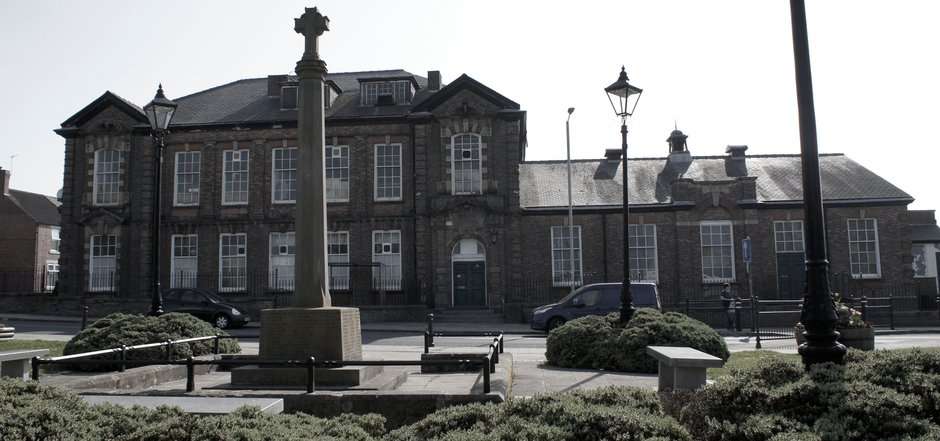Shildon Railway Institute and Our Railway Heritage
This new section of the website will set out to explore and share the role of Shildon Railway Institute in our railway heritage story showing how this multi-faceted community organisation has supported and contributed to community wellbeing since its beginnings in 1833.
We'll add and share knowledge as we collate it.
Index of articles
The Earliest Days of the Institute - We're lucky enough to know that our Institute was founded back in November of 1833 - but what was it all about in those earliest days and what do we know about the activities of the Institute and its members. Up until recently we only had a couple of old newspaper articles, and some accounts in the Institute's centenary book from 1833, to go on. However the donation of the Jack Walker collection in 2023 changed that, as a very rare sheet of paper from 1835 not only proved that Timothy Hackworth was 'member no. 1' but also showed us how the early institute operated.
The Shildon Railway Institute Half Yearly Report Book 1855-1892. A romp through the early years of the Railway Institute following its progress after the period where it began to inhabit its first reading room at the Masons' Arms and on to its first dedicated building on Station Street. Read about the challenges faced by the organisation throughout economically uncertain times, and the triumphs as it celebrated milestones. This document is packed with information that would interest rail and social historians alike.
1875 - The Writing of John Glass - John Glass was Shildon Railway Institute's longest serving President, having been present at the inauguration meeting in the cellar of The Globe Inn in 1833 and serving as president twice - once between 1861 and 1863, and then a second time between 1867 and 1884. When he died in December 1884 Glass was thought to be the oldest living railway employee in the world having been involved from the early days of the Stockton & Darlington Railway. Glass wrote some pamphlets connected to the area's industry and notable figures, of which we feature two transcripts here.
1914-1918 - Shildon Railway Institute Members go to War. Our North Eastern Railway First World War memorial was paid for by Institute members and installed in 1921. It's unusual as war memorials go as it not only pays tribute to the fallen, but also documents members who went to war and survived. In 2021, to mark the centenary of the memorial, we conducted in depth research into all of the names featured on the memorial to find out who those people to whom we owe our thanks today really were, and what happened to those who did not come back.
The Shildon Railway Institute Centenary Book 1933. In this year the Institute celebrated its centenary with a number of events including an exhibition of railway stock and the unveiling of a plaque within the building by the LNER's Assistant Chief Mechanical Engineer, Mr A C Stamer Esq. As part of the commemorations a centenary book was compiled by Councillor F F Bainbridge JP and published for distribution. Not being produced in gread numbers, a few rare copies have survived the ravages of time; and we have digitised one presented here for you to enjoy.
Our Heritage Documentaries. Over recent years we have tried to capture some of Shildon's unique railway heritage in documentary form - starting in 2019 with our documentary featuring the experiences of the last intake of apprentices at the Shildon Works entitled "The Full Works". This was followed with "The Story of the Brusselton Incline". Further titles will be added as we are able to produce them. The films have been made at no cost by our volunteers.
1984-2024 - Shildon Works 40 Commemorative Brochure. As part of our Shildon Works 40 event held at the Institute on 30 June 2024 to mark 40 years since the closure of the works, to which this Institute was so closely connected and owed its existence,.we worked with the Shildon Heritage Alliance CIC and local historian Alan Ellwood to produce a celebratory brochure that tells something of the history of the works from beginning to end, what it was like to work there, and the doomed fight to keep it open back in the 1980s

